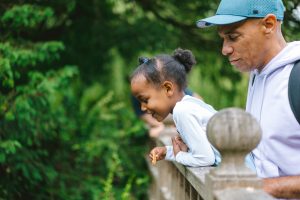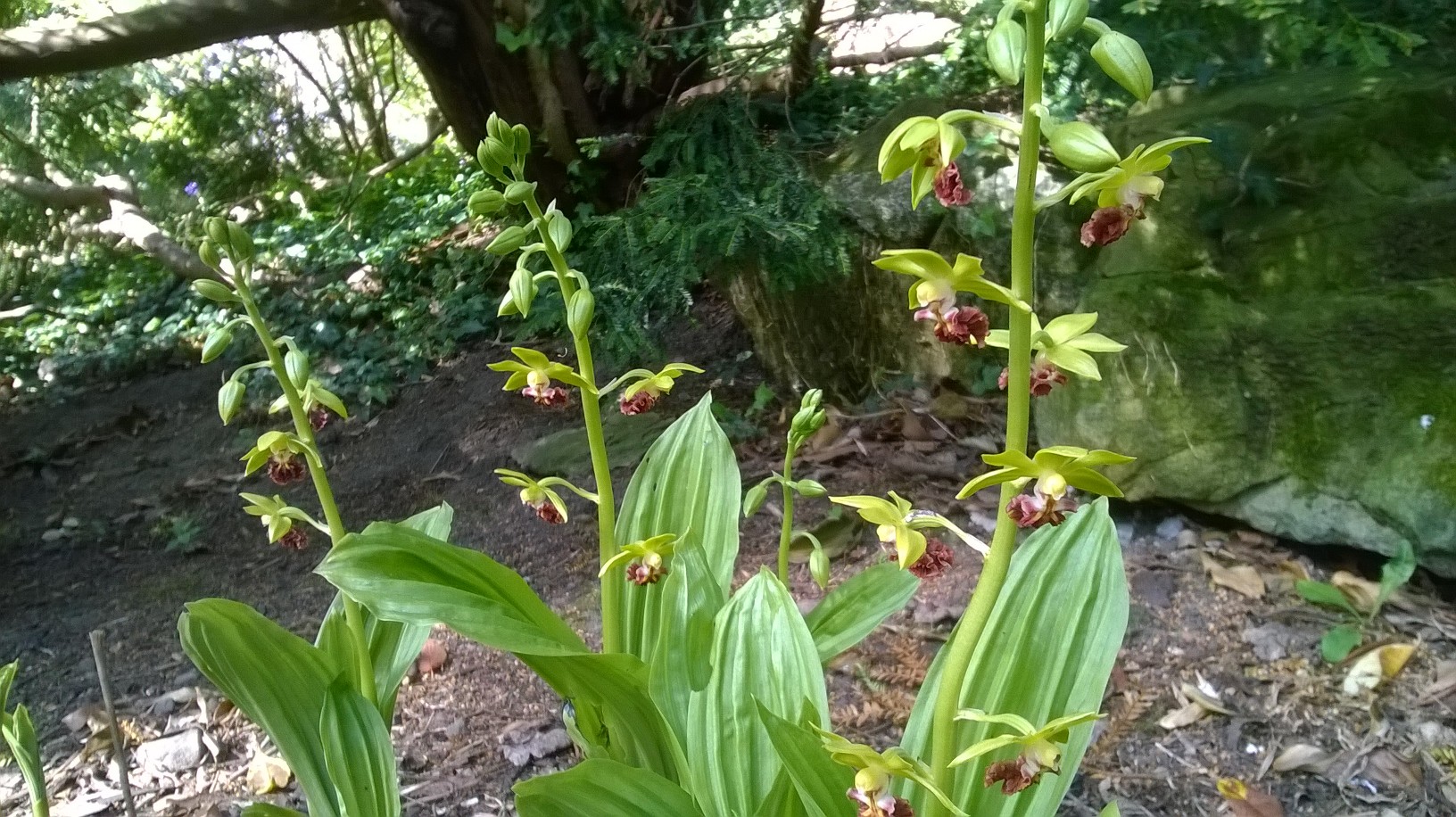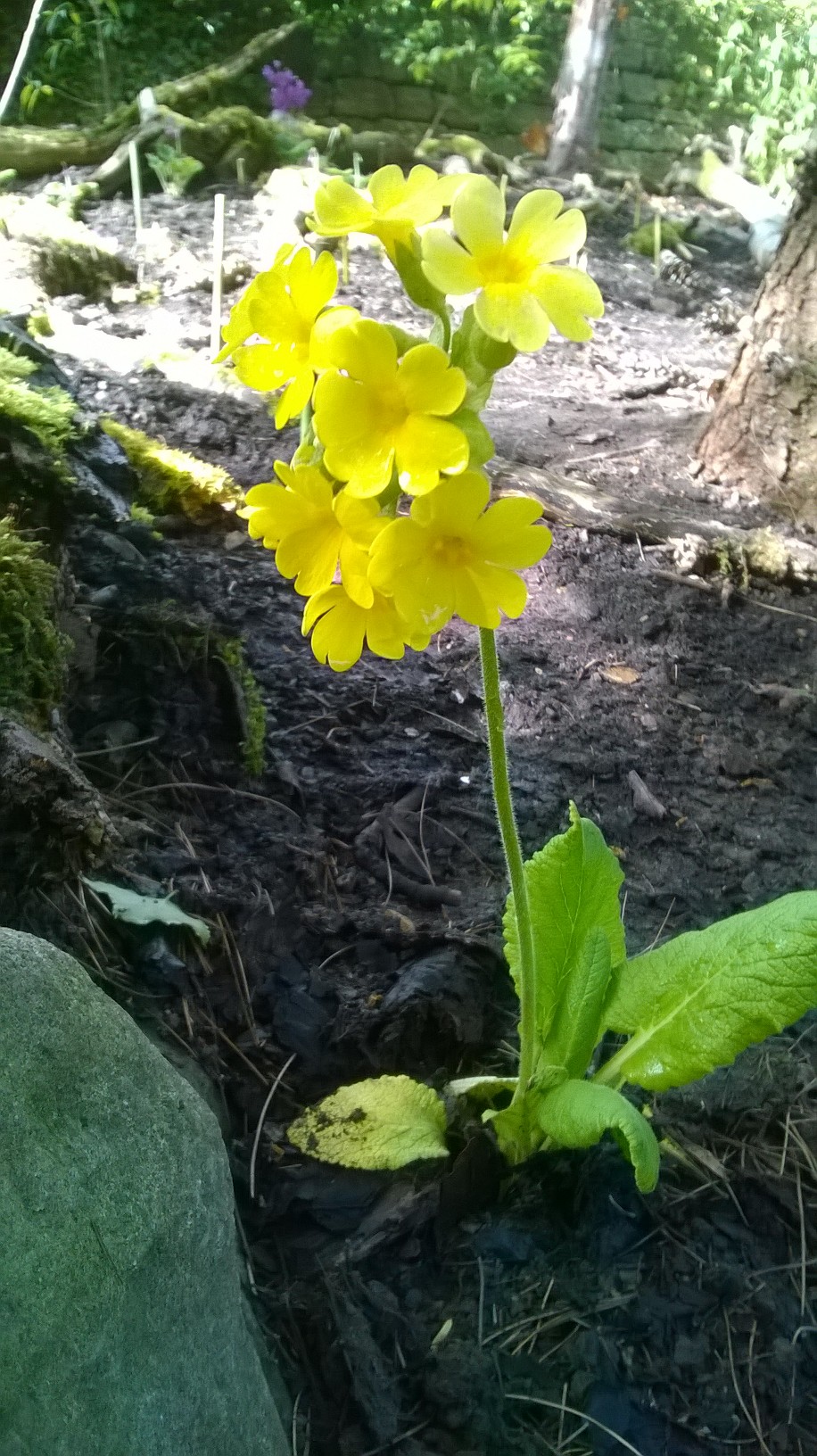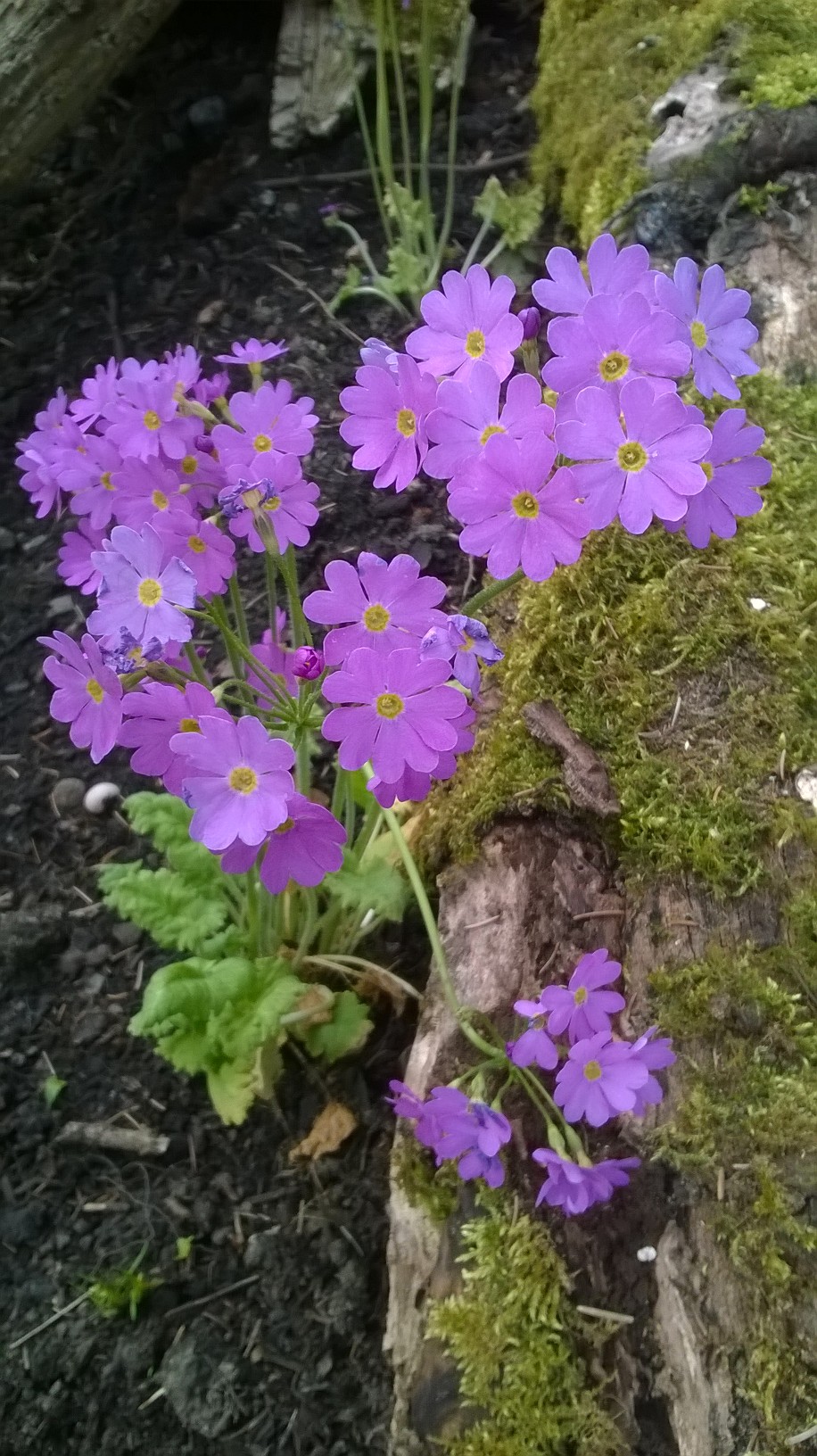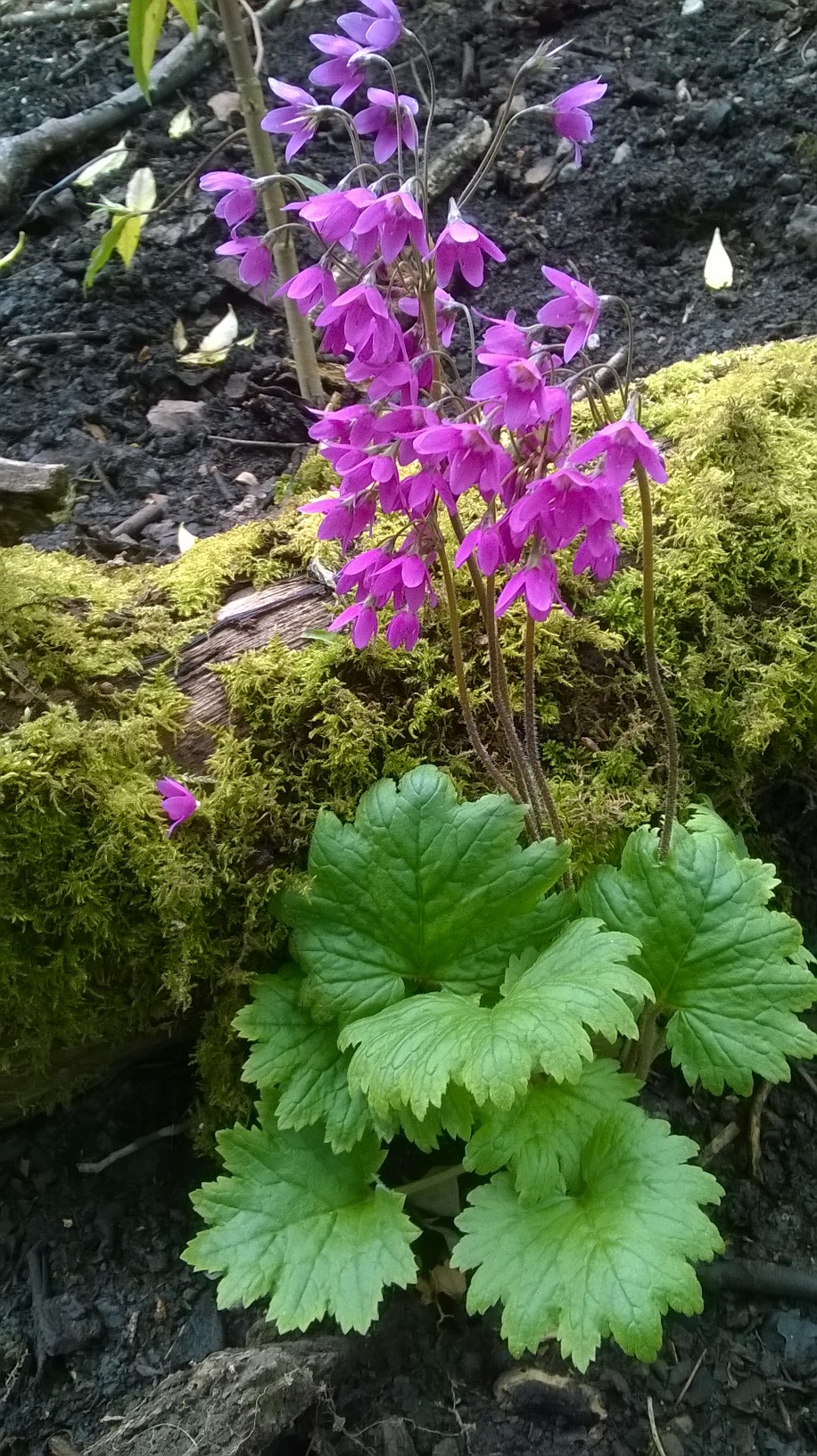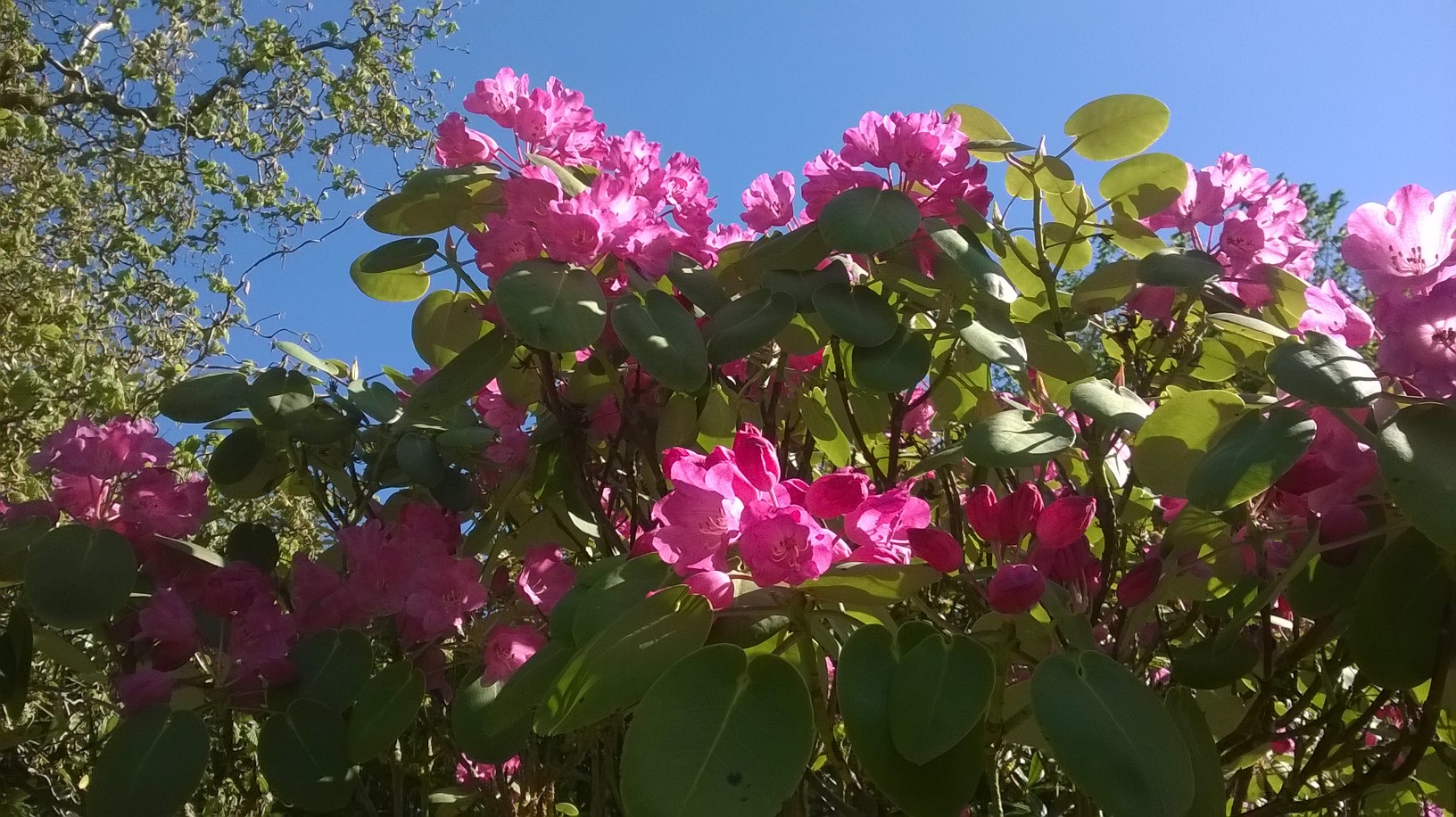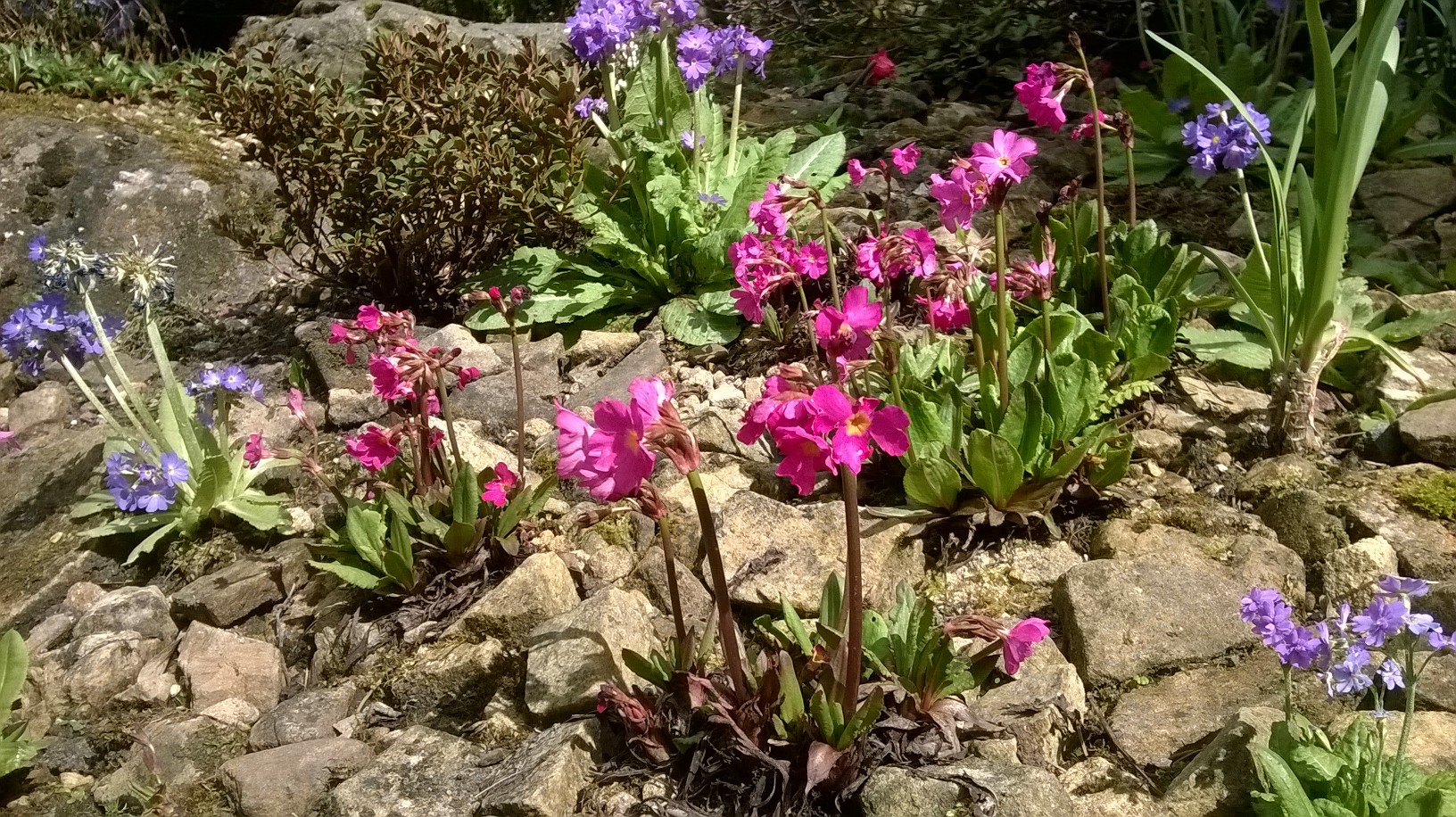
Claire Cox, Head of Development, and Rachel Crewes, CEO of Harewood House Trust, with Samantha Webster and Caroline Pullich, Partners at NFU Mutual.
NFU Mutual Agents and their staff at the Boston Spa & Harrogate agency recently nominated local charity Harewood House Trust, to receive a donation of £6,509 from NFU Mutual’s national £1.92million ‘Agency Giving Fund’.
The leading rural insurer launched this fund, now in its fifth year, to help local frontline charities across the country. The Agency Giving Fund forms part of NFU Mutual’s £3.25m funding pledge for both local and national charities in 2024, to assist with the ongoing recovery from the pandemic and to help tackle the impact of the rising cost of living.
To ensure these donations reach all corners of the UK and are directed to where they’re needed most, all NFU Mutual Agencies, with more than 280 offices nationwide, have been given the opportunity to nominate local charities to receive a share of the fund.
The UK charity sector has faced unprecedented challenges due to the combined impact of the COVID-19 pandemic and the ongoing cost of living crisis. Harewood House Trust is an independent educational charity as is amongst those that have been affected.
Thanks to the support of NFU Mutual and the Harewood Estate, Harewood House Trust will launch a new nature safari experience sharing fabulous views over the lake, woodlands and parkland.
The funding will go towards providing transport and opening up access to hard-to-reach areas, giving visitors a chance to spot some of the incredible array of wildlife. Harewood is home to amphibians, butterflies, and insects, not to mention the large population of red kites and deer who call Harewood their home. This initiative will ensure that more people can experience the natural beauty and diverse species that thrive in these areas.
Caroline Pullich, Managing Partner at NFU Mutual Boston Spa Agency covering Yorkshire, said: “We’re extremely proud to have nominated Harewood House Trust for this donation and are delighted to be able to support the vital contribution they make to our community. NFU Mutual’s Agency Giving Fund was first created in 2020 in response to the pandemic, and this ongoing support is helping to change lives, providing both emergency support and building long-term resilience.”
Claire Cox, Head of Development at Harewood House Trust, added: “We are so grateful to the Boston Spa & Harrogate Agency of NFU Mutual, for nominating us for a donation from the NFU Mutual Agency Giving Fund. Thanks to this support, we can provide safari transport that will enable visitors and school groups to easily explore more of the landscape. This will also benefit those audiences in receipt of Universal or Pension Credit and other benefits who are using our new £2 day ticket. The safari will be an opportunity for everyone to learn about the incredible natural environment at Harewood and what we are doing to protect it for future generations.”
